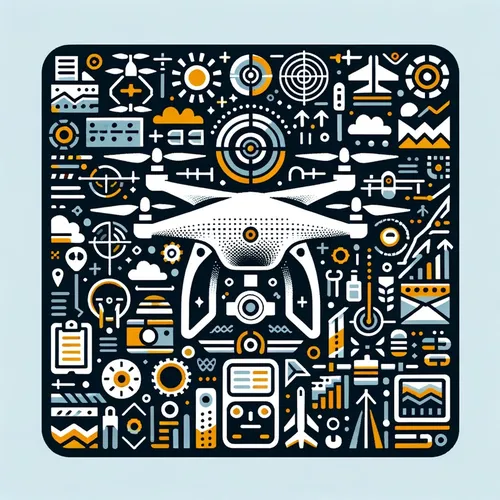Drones, Regs, and Riches: Soaring Secrets for Savvy Pilots
- Author
- Quiet. Please
- Published
- Fri 20 Jun 2025
- Episode Link
- https://www.spreaker.com/episode/drones-regs-and-riches-soaring-secrets-for-savvy-pilots--66647549
This is you Professional Drone Pilot: Flight Tips & Industry Updates podcast.
For professional drone pilots, staying at the forefront of evolving industry standards is crucial as technology and client expectations continue to advance rapidly. Mastering advanced flight techniques—such as waypoint automation for precision mapping or low-altitude, high-precision maneuvers for inspections—not only sharpens your competitive edge but also improves operational safety and efficiency. Ongoing education is essential, since regulations like the Federal Aviation Administration’s Part 107 continue to require recurrent training every two years to keep certifications current, ensuring pilots remain informed about new airspace rules, weather considerations, and safe operating practices.
Effective equipment maintenance has become more sophisticated with the integration of predictive analytics. Leveraging onboard sensors and AI-based diagnostics helps anticipate component wear, reducing costly downtime and extending drone lifespans. The market for drone maintenance services is projected to grow at over 5 percent annually through 2033, highlighting the importance of both preventive care and eco-friendly practices for batteries and electronics as sustainability expectations rise.
Business opportunities are expanding rapidly, as recent news highlights increased adoption of drones in infrastructure inspection, crop health monitoring, and public safety. Market analysts forecast continued double-digit growth for aerial inspection and data analysis services, with modular drone fleets allowing operators to quickly adapt to a variety of client needs and maximize return on investment. Fleet standardization—using versatile drones with swappable payloads—can lower costs for training, maintenance, and compliance, positioning your operation for scalable growth in multi-sector markets.
To stand out, commercial pilots should focus on clear communication of pricing and deliverables, providing detailed pre-flight plans and transparent post-mission reports to clients. Staying informed on liability insurance developments is also critical, as some providers now offer flexible, on-demand coverage tailored to project-specific risks.
Weather remains a central factor in flight planning. Integrating real-time meteorological data into preflight applications enhances safety and reliability, particularly as more regulatory waivers allow for flights beyond visual line of sight in controlled airspace. New rules require remote identification for most commercial drone operations, underscoring the importance of keeping software and hardware up to date to avoid regulatory setbacks.
Key action items: regularly update your certification and training, adopt a predictive maintenance schedule, invest in versatile drone platforms, structure clear agreements with clients, and ensure insurance coverage matches your operational profile. Looking forward, expect further streamlining of regulatory frameworks and greater integration between drones and broader data management systems, opening the door for new business models and more seamless collaboration with enterprise clients.
For more http://www.quietplease.ai
Get the best deals https://amzn.to/3ODvOta
